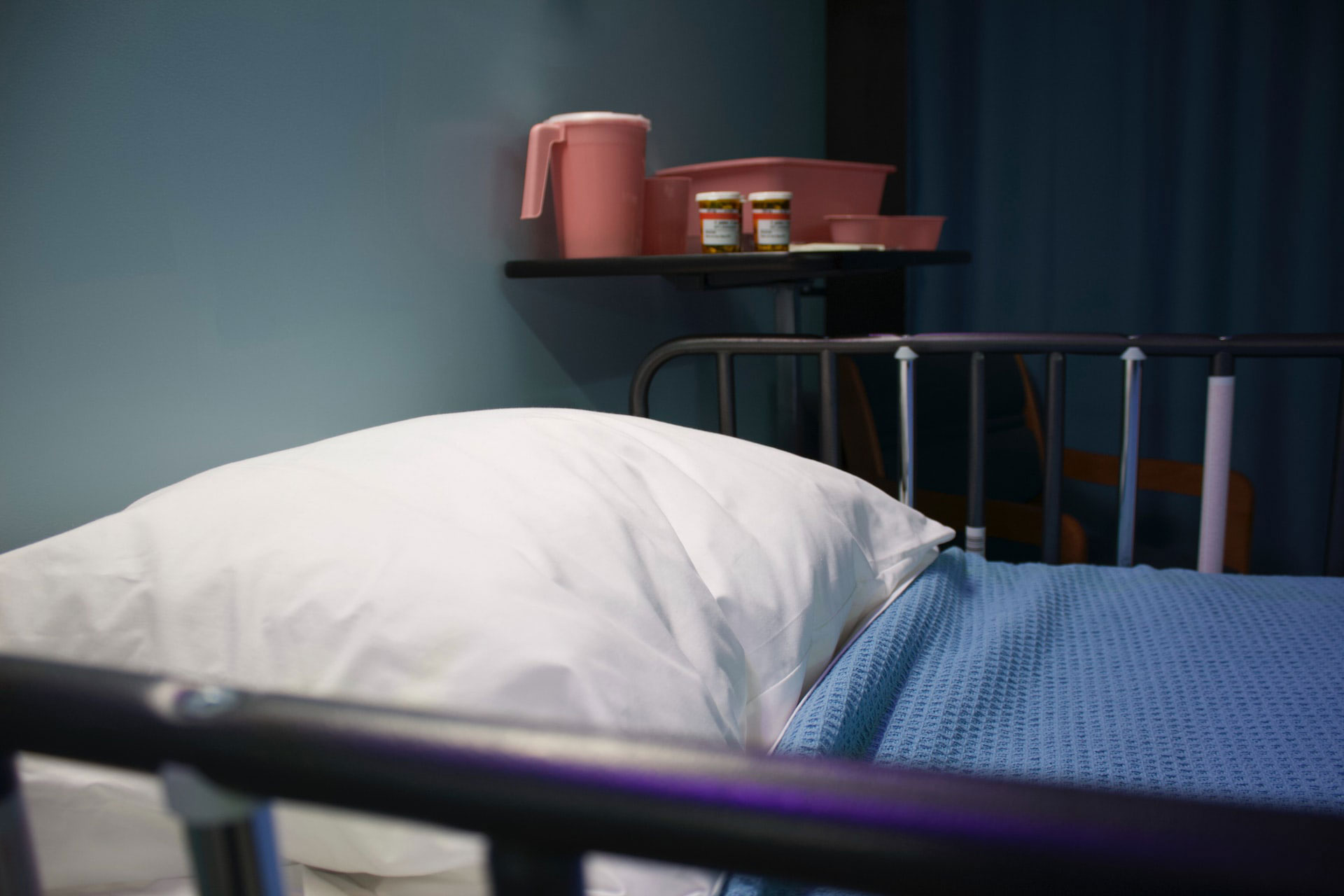The role of spirituality in the care of terminally ill patients

END-OF-LIFE CARE will benefit from conversations about spirituality and the limits of the human body, according to a priest.
“If we want to really take care of the patient, we take care of the patient as body and spirit, and not only as body,” said Fr. Gregory Ramon D. Gaston, rector of the Pontificio Collegio Filippino in Rome, Italy. “That is the reality of our human nature that we have to communicate with others, and in healthcare.”
While modern medicine has increased the longevity of human beings, there is still a limit to what it can do, he said at a Nov. 25 event hosted by UP Med Webinars. “Sometimes, procedures and operations, what they do is not really prolong life, but delay the dying process,” he said.
The debate among doctors should not be whether or not to communicate the truth of a patient’s medical condition but the “how, when, and in what manner” it should be shared, said Fr. Gaston.
“That changes the reality of the patient’s view, the patient’s world,” he said.
According to a Social Weather Survey conducted in November 2020, 73% of adult Filipinos said that religion is very important in their lives.
Religious commitments, such as church attendance, have been found to yield health benefits such as a lower risk of depression and anxiety, as well as a reduced risk of cardiovascular disease and death from cancer.
Religion can also reduce anxiety surrounding death, according to studies in the Journal of Palliative Medicine and the Journal for the Scientific Study of Religion.
Fr. Gaston encouraged respecting the patient’s religiosity without imposing one’s own beliefs.
Meanwhile, Dr. Michael Angelo L. Wambangco, a home care specialist, said that patient comfort and empowerment are the by-products of effective communication and ministering.
“As a Catholic, our faith teaches us that there is a beyond after this earthly life,” Dr. Wambangco said. “A health professional has that crucial role, especially in cases where the patient is terminally ill.” — Patricia B. Mirasol



